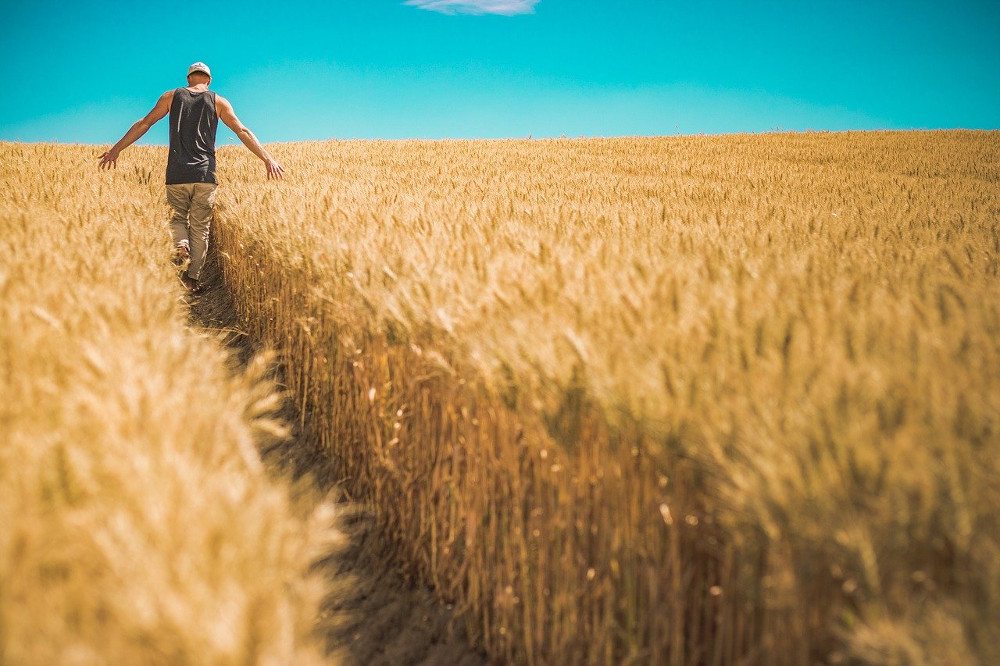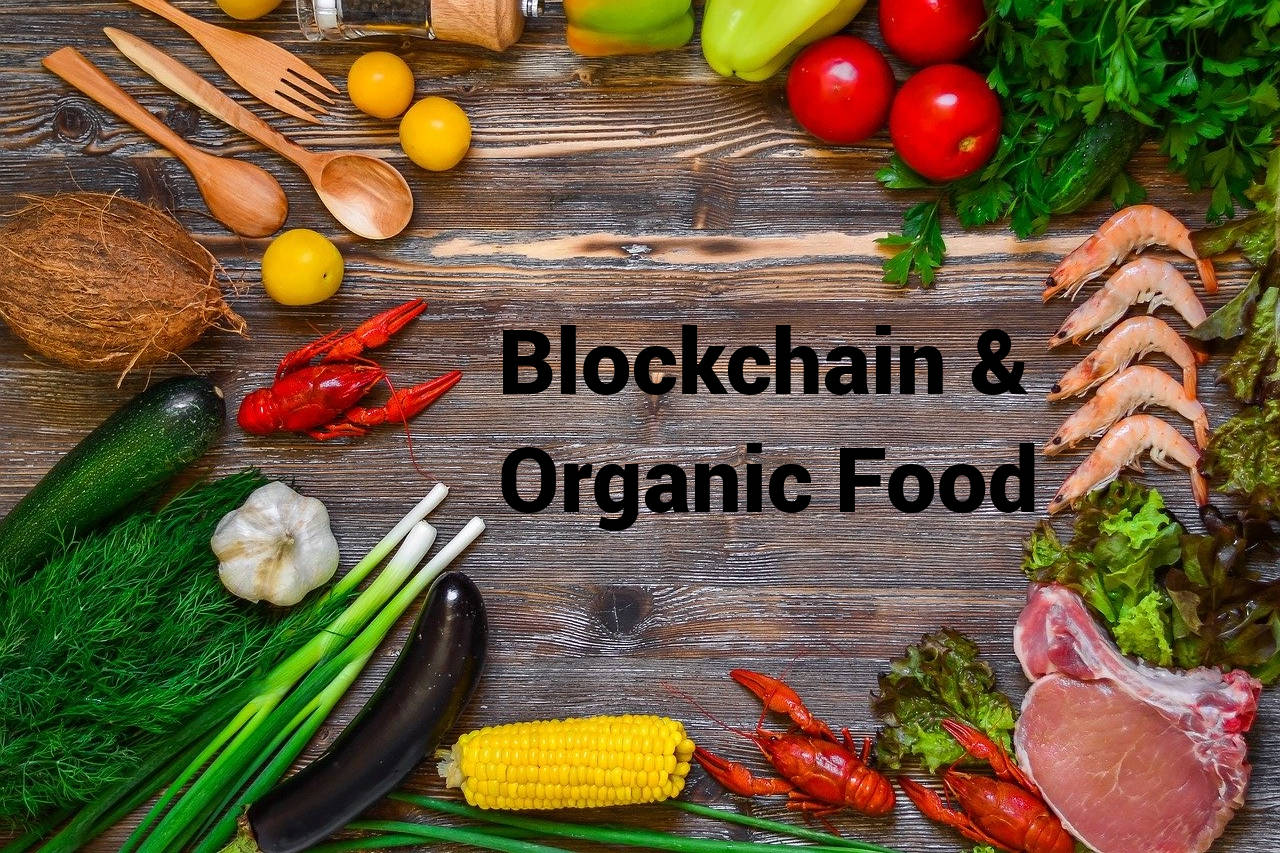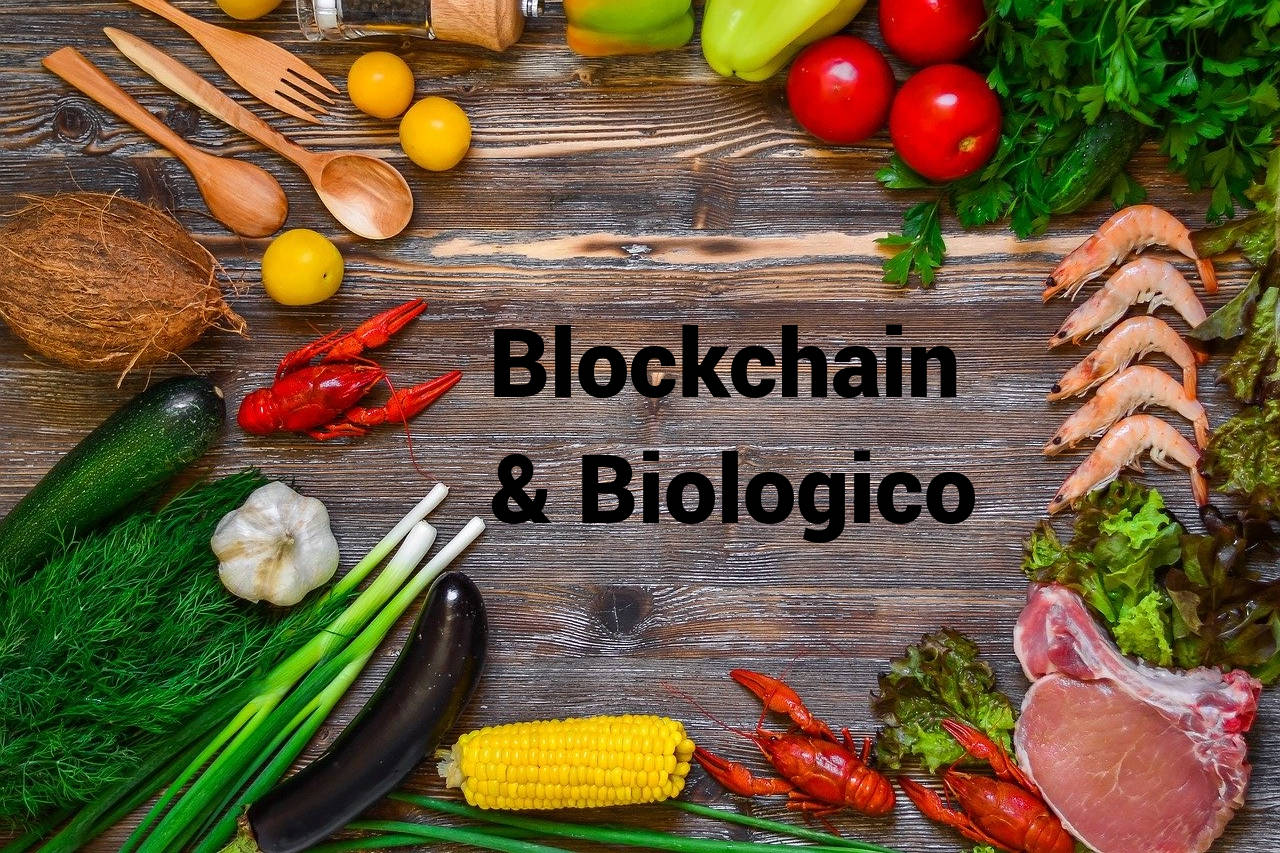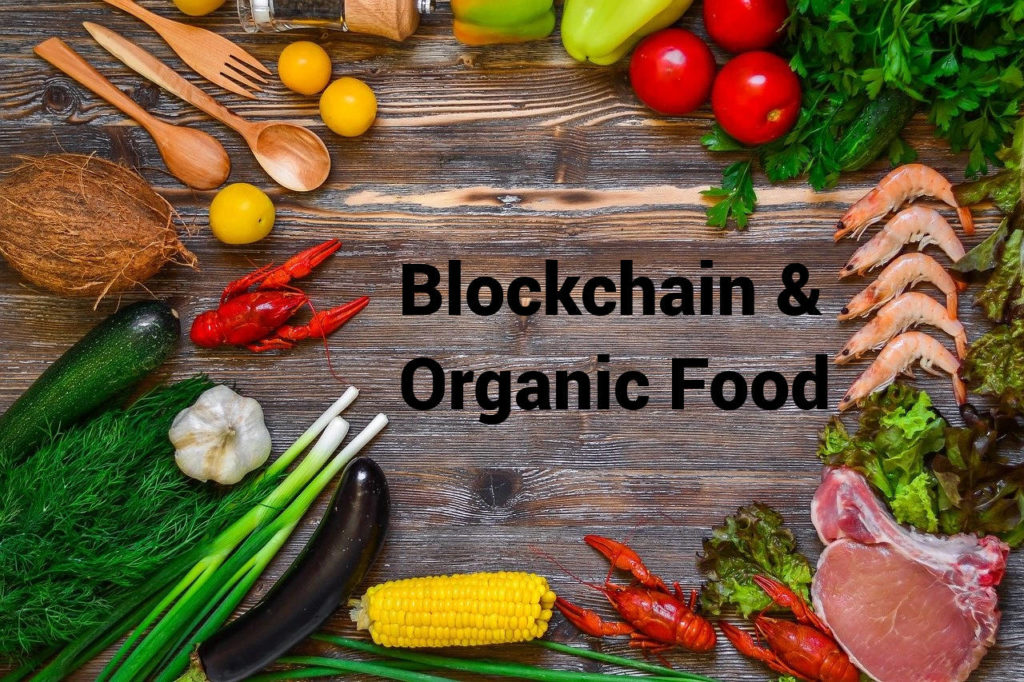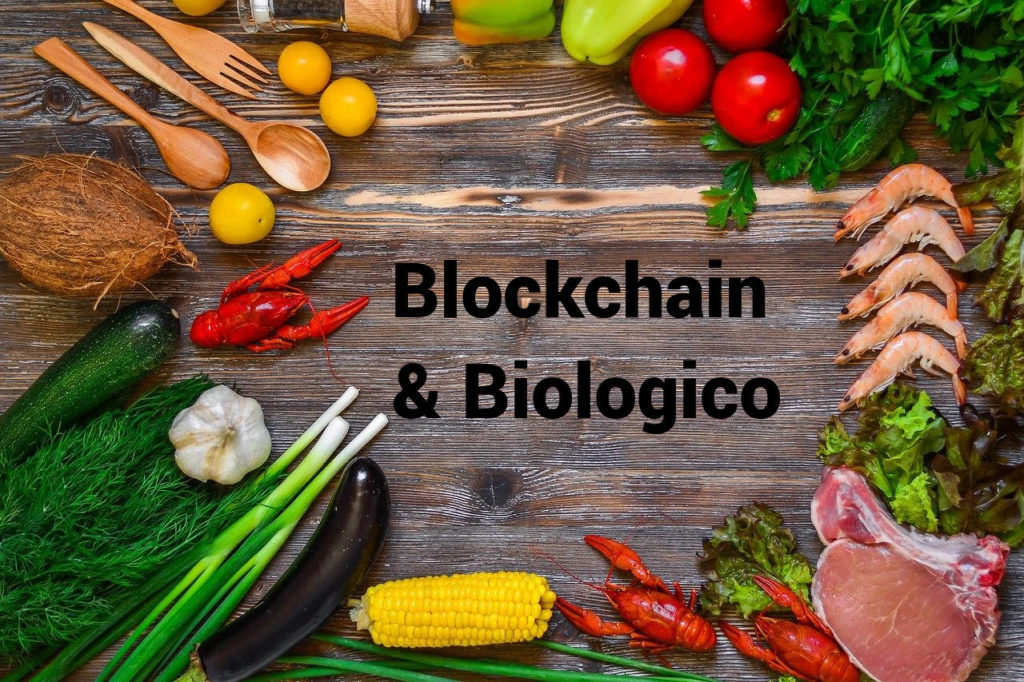Smart agriculture is growing in Italy and worldwide. The revolution that is taking place in agriculture with the introduction of digital technology and sensors has led to a new way of conceiving the primary sector and to discover unprecedented opportunities to increase efficiency and profitability.
The change keeps up the pace with a growing environmental sensitivity and a greater attention to the origin and production of raw material by consumers, associations and institutions.
Primary sector operators have taken up these requests and to answer today they have important tools available: IoT and blockchain.
Now it is the era of Agriculture 4.0.

The benefits of Agriculture 4.0 for farmers
The 4.0 agriculture technology responds to the needs of farms in terms of sustainability, efficiency and awareness.
Specifically, companies have the opportunity to
- reduce the environmental impact with more sustainable crops,
- make internal company processes more efficient and reduce the waste of hours worked,
- reduce costs of water consumption and treatments,
- provide itself with a scientific support for decisions,
- improve product quality (healthier with treatments aimed at real need),
- decrease the incidence of weather on production,
- increase profit margins.
To all this must be added the importance of ensuring product traceability in support of a premium price appropriate to the quality provided and necessary to reassure the consumer, increasingly attentive to what he brings to the table.
What is IoT (Internet of Things) and how does it apply to agriculture
IoT (Internet of Things) technology includes sensors capable of detecting real-time data in the field relating to temperature, soil and air humidity, leaf wetness, pH and any other measure of interest to evaluate the state of cultivation and its development. These devices are able to communicate automatically with a gateway and transfer data that can be easily consulted by the grower by a device with a internet connection. The scientific information allows a field management targeted to the needs.
Is the crop thirsty? Is the soil deficient in nutrients? Is the sun exposure excessive?
Field sensors allow you to constantly monitor microclimatic conditions to act in the best possible way when needed.
In addition, the most advanced systems process the data collected and allow you to predict the manifestation of fungal diseases and intervene promptly to protect production.
IoT systems are also made for breeding, floriculture, viticulture and greenhouse cultivation.
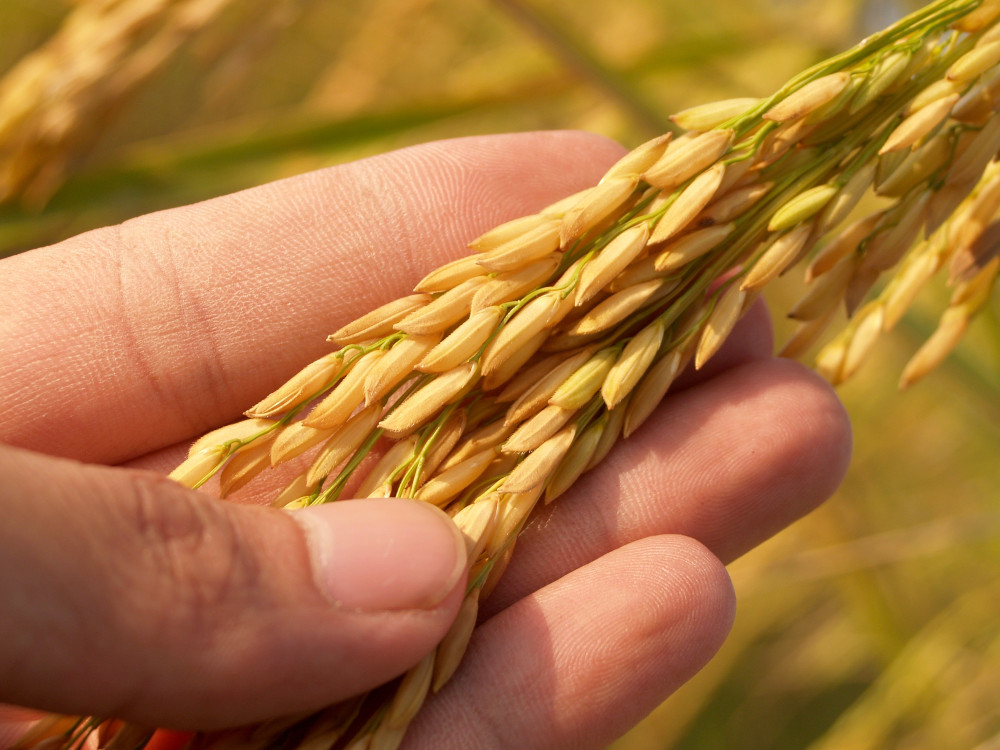
What is Blockchain and how does it apply to agriculture
The blockchain is a distributed digital ledger consisting of a chain of blocks, one for each recorded transaction. The ledger is distributed among “equal-level” nodes (computers) that hold a copy.
The nodes of a blockchain (or some of the nodes in the larger blockchains) are entrusted with the task of giving consent every time a block needs to be added. This allows for decentralized control over the blockchain.
In addition, each block is linked to the previous one and is encrypted. Each registration is indelible and unchangeable. The register is immutable and keeps track of any recorded operation. Inviolability is guaranteed by decentralization: to modify a blockchain it would be necessary to modify all the copies distributed on all nodes.
All this determines the authenticity of the data recorded on the blockchain. The sharing of data on the blockchain guarantees maximum transparency and supports trust between the players in the supply chain.
In agriculture, the blockchain has an increasingly frequent use to ensure the traceability of the product from the field to the consumer. The information that ensures the quality of the product can become accessible to the buyer through a simple application with QR code.
To learn more, read the article Blockchain traceability: more business for every entrepreneur in the agri-food chain.

IoT integrated in the Blockchain: maximum transparency for the benefit of the all supply chain.
The data collected by IoT sensors detect the conditions in the field and along the production (or distribution) chain in real time. This allows you to calibrate the interventions with the aim of obtaining a healthy and quality product, in a sustainable way, as well as preserving its freshness and goodness up to the processing company or point of sale.
Recording these data in blocks combines formidable IoT support with the extreme reliability and functionality of the blockchain.
The advantage for companies:
- ensure good production practices in compliance with all the players in the supply chain who share business, image and quality objectives;
- demonstrate premium quality;
- have an important marketing tool to tell the story of the product with maximum transparency;
- protect the product from counterfeiting and falsification.

